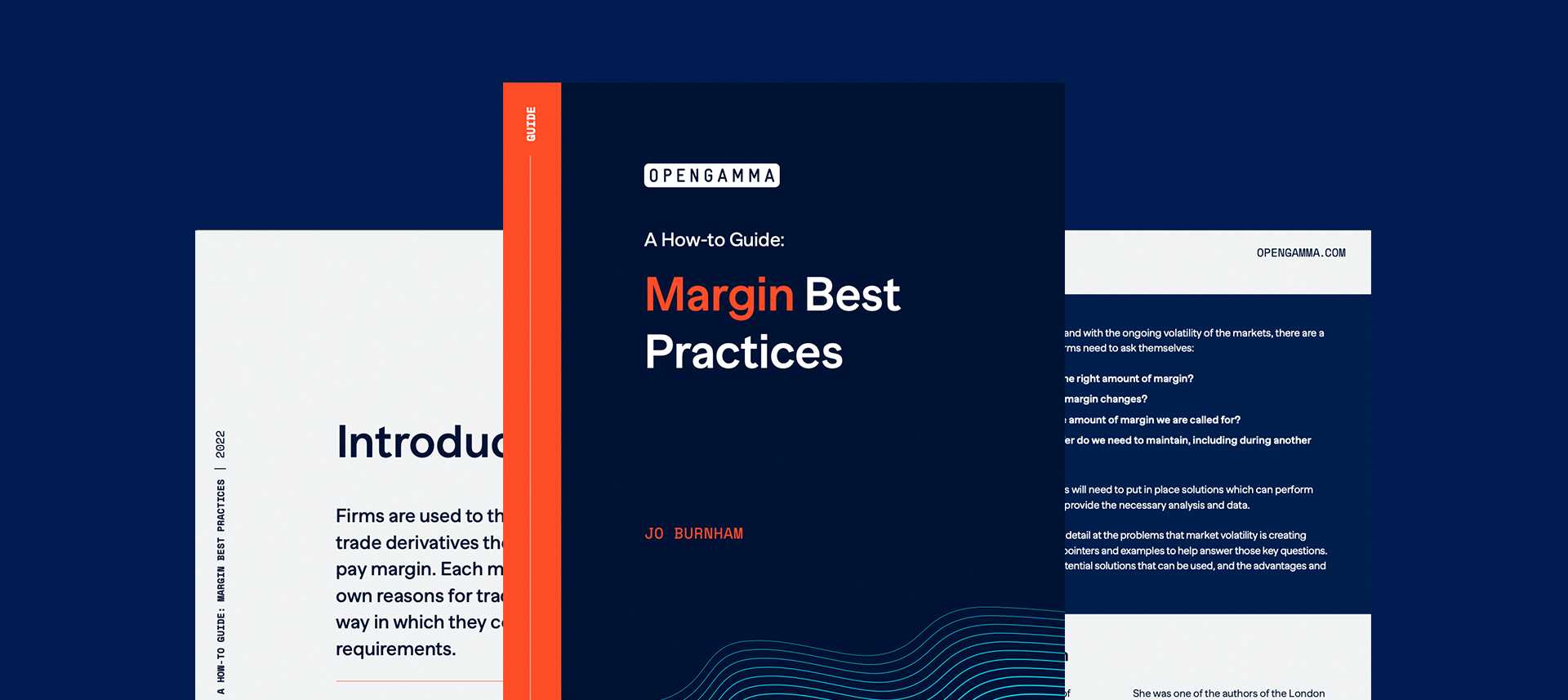A lot has already been written about the failure of Archegos Capital. The failure of the family office run by Bill Hwang has resulted in large losses for a number of big banks, but there could be longer term impacts of the failure on margin requirements.
The obvious impact will be on similar small firms, who are likely to find themselves having to pay more margin going forward, but there could also be changes to margin requirements for other market participants trading similar products.
How the Markets Were Impacted By the Failure Of Archegos
2021 has been a volatile year so far for the equity markets. It started in January with GameStop, when thousands of Reddit users bought shares in the company to inflate the price and led to big losses at hedge funds who had shorted the company expecting the value to go down.
Meanwhile, Archegos had accumulated more than $50bn worth of positions in total return swaps across a handful of US and Chinese media based companies. One of these companies, ViacomCBS, whose price had risen over the year from less than $40 at the start of the year to $100 by the middle of March, decided to take advantage of this increase in value and announced plans for a $3bn share issue. This led to a sharp fall in the price and a subsequent margin call that Archegos was unable to meet. It was only when they gathered all of their creditors together that it became clear just how large their position was and how many banks were going to be impacted.
Both these incidents show the way that hedge funds and other investment firms are looking to exploit changes in the way that people consume content and purchase entertainment; changes that have been accelerated by the pandemic. More is now online and the distinction between technology and media firms is becoming blurred. This has led to increases in volatility in all shares that would be considered either to benefit or to suffer because of this change in behaviour.
How Will the Failure of Archegos Impact Margin
The most obvious impact of the failure of Archegos is going to be on similar firms. It is understood that Credit Suisse, probably the most heavily impacted Bank by the failure, will be reducing the leverage available to existing clients and changing from static to dynamic margin for counterparties that take similar positions. This change is expected to lead to increases in margin requirements, potentially bringing it more in line with the Prime Brokerage methodology.
Questions are going to be asked about the regulation of these types of firms and trading patterns. Archegos’ use of derivatives traded with multiple counterparties meant they were able to hide the size of their interest in ViacomCBS, something they wouldn’t have been able to do if they had purchased the shares directly or used a single counterparty. There is also the fact that crucial regulatory reforms have been continuously delayed, in particular the introduction of the Uncleared Margin Rules. Regulators may want to take another look to see if further reform is required to prevent incidents like this happening again.
However, it is not just these areas that will be affected. The way that equity markets have been impacted will result in changes in margin requirements across all levels of the financial markets.
For SIMM, changes could be required in the parameter set relating to the equity risk factors. Deciding which bucket to assign the risk to can have a big impact on the margin requirements and for a company like ViacomCBS it is not obvious which one should apply. In addition, it may be necessary to increase the waiting for the more volatile market segments. To understand the impact of these changes it is important to have a good understanding of the SIMM methodology.
For Exchange Traded Derivatives, the CCPs will be reacting to the increased volatility by adjusting their margin requirements. Whether they are using a scenario based methodology, such as SPAN, or a VaR based algorithm, the recent price swings will be included in the margin calculation.
Going forward, it is likely that the level of margin required will become closer regardless of the type of firm for whom it is being calculated or the exact style of the derivative being traded. In all circumstances, it is likely to much more closely match the potential future exposure of the position.
How Will This Affect Margin Best Practices Going Forward?
Other than the changes being implemented by banks to lower the risk of being caught by another Archegos, nothing is going to happen very quickly. The introduction of phase V and VI of UMR will continue to the current timetable, although regulators are unlikely to allow any excuses for not being ready.
In the future there are a number of new rules that regulators may look to introduce. These could include more emphasis on large position reporting, limits on the amount of leverage allowed and ensuring that margin changes with any changes in the risk of the outstanding trades.
This not only has the potential to increase the complexity of margin calculations for some participants, but also make it harder to determine the cheapest way to trade a particular level of risk. Some brokers are updating their PB algorithms to be similar to SIMM, whilst CCPs are looking to introduce new VaR based algorithms. In order to optimise margin requirements it will be necessary to understand the offsets provided within each of these methodologies. Choosing the best product and venue to minimise costs is going to become a lot harder.




